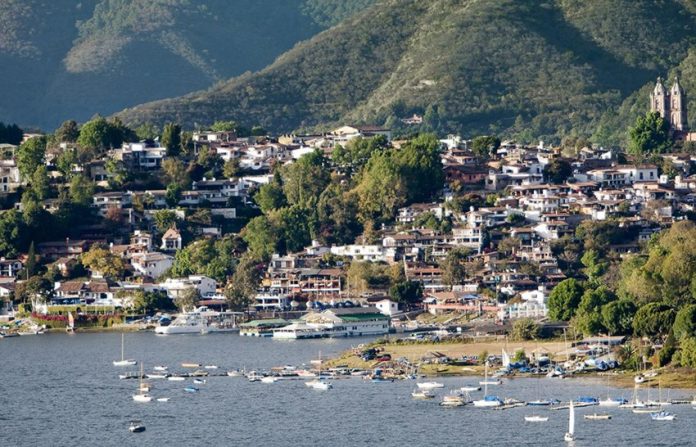Seventeen years after the federal government introduced the Pueblos Mágicos program to boost visitor numbers to lesser known destinations in Mexico, the number of towns designated as magical has grown to 121.
But how effective are pueblos mágicos in attracting tourism? No one really knows.
In separate interviews, Francisco Madrid, a former federal tourism undersecretary, and Armando Bojorquez, president of the Latin America Confederation of Tourism Organizations (Cotal), told the newspaper Milenio that efforts to measure the effectiveness of the initiative in increasing tourism are limited.
Only a small number of magical towns – on their own initiative – are systematically counting the number of domestic and international visitor arrivals and measuring private investment and job creation as a result of their inclusion in the federal program.
Madrid, the head of the school of tourism at Anahuác University, said that he was only aware that Valle de Bravo in México state and the state government of Puebla, where there are nine pueblos mágicos, are keeping records of visitor arrivals and private investment.
“Perhaps some other states are doing it but I don’t think it’s the rule,” he said.
For his part, Bojorquez said that “we’re lacking a lot of statistics in order to really know how the Pueblos Mágicos [program] is working.”
“. . . [We don’t know] if it’s getting results everywhere and how good those results are,” he explained.
José Díaz Rebolledo, the Secretariat of Tourism (Sectur) official responsible for the program, said that one of the very few pieces of data the government has about magical towns is that the arrival of Mexican tourists to their hotels represents 3.6% of total visitor numbers to Mexico.
Díaz also said it is known that federal and state governments have invested 6.1 billion pesos in magical towns since former president Vicente Fox launched the program in 2001, but total private investment in the same period is unknown.
Federal Tourism Secretary Enrique de la Madrid confirmed that there is no collated data about how much money private companies have invested in magical towns to build hotels, restaurants and tourist attractions.
Francisco Madrid said that a study was completed at Anahuác University six years ago that showed the Pueblos Mágicos program had achieved “a certain level of success [that is] more visible in some places than others.”
However, he added that more detailed and up-to-date data would help authorities to know how they could make the Pueblos Mágicos program better.
“It would be desirable to have a more complete system of indicators that allowed the real effect of the program to be evaluated, what it is that the tourists are enjoying, what they don’t like and how [the program] can be improved,” Madrid said.
Future tourism secretary Miguel Torruco has indicated the incoming government will conduct a review to assess whether towns are complying with their obligations under the Pueblos Mágicos program and whether they will continue to be included in it or not.
Source: Milenio (sp)
